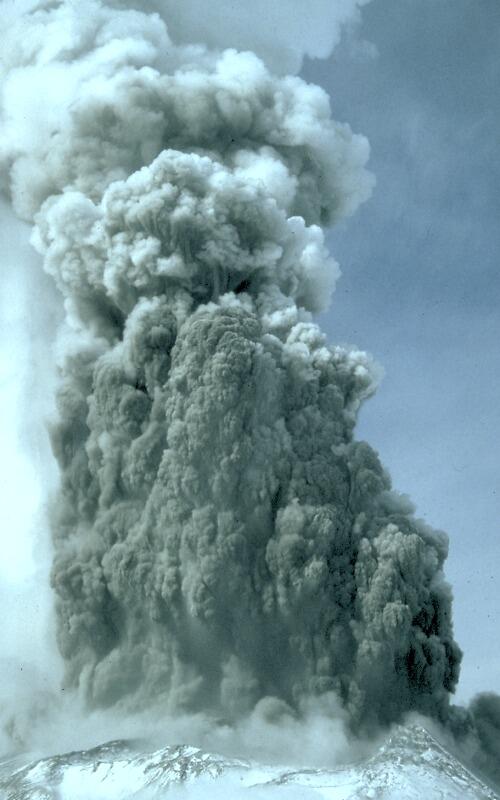EarthWord–Phreatic Eruption
USGS EarthWord of the Week
This EarthWord is straight up steampunk...
EarthWords is an on-going series in which we shed some light on the complicated, often difficult-to-pronounce language of science. Think of us as your terminology tour-guides, and meet us back here every week for a new word!
The EarthWord: Phreatic Eruption
Definition:
This week we’re going straight up steampunk. A phreatic eruption is made up of steam-driven explosions that occur when water beneath the ground or on the surface is heated by volcanic activity.
The water, once heated, begins to boil or can even flash straight to steam, causing an explosion.
Etymology:
Phreatic comes from the Ancient Greek phrear, which meant “well,” or “spring.” It’s also related to the word “brew.”
Use/Significance in the Earth Science Community:
Phreatic eruptions can often precede, accompany, or follow a more traditional volcanic eruption. Groundwater can often be found near volcanic vents, and as the magma rises to the surface of the earth, it heats the groundwater and causes these phreatic eruptions.
USGS Use:
USGS studies phreatic eruptions and other volcanic activity as part of its Volcanic Hazards Program.
Next EarthWord: Just like smog and fog, this EarthWord is not what you want to see while driving...
Hungry for some science, but you don’t have time for a full-course research plate? Then check out USGS Science Snippets, our snack-sized science series that focuses on the fun, weird, and fascinating stories of USGS science.


